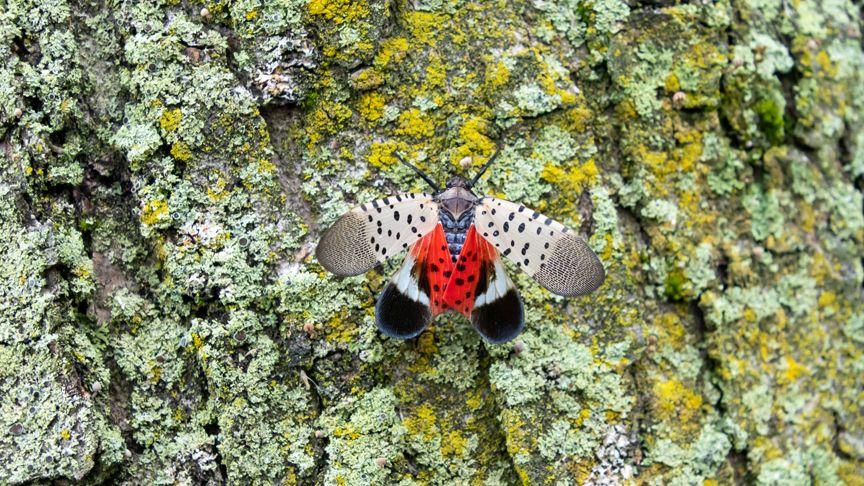The spotted lanternfly, known for its bright red wings and ability to destroy crops, has established itself in New York City and is now inching closer to Long Island's wine country, raising concerns among state agricultural and farm officials. While the invasive insect has not yet been detected in the celebrated East End vineyards, sightings in Nassau and Suffolk counties indicate its presence is expanding eastward.
The invasive insect consumes plants and leaves behind sticky honeydew, which can ruin crops. Officials expect its numbers to increase throughout the summer as the nymphs mature into more visible adults.
Grapes, in particular, are vulnerable to the lanternflies, which can swarm the vines, weakening them and potentially causing substantial damage. This poses a serious concern for an industry that is vital to both Long Island and the State of New York, which is the third-largest grape producer in the United States.
“Spotted lanternfly continues to expand around Long Island, and the immature nymph stages are being noticed more,” said Dr. Dan Gilrein, an entomologist at Cornell Cooperative Extension of Suffolk County. “However, I expect we'll get more reports when the adult stage, which is the largest and most obvious, is present starting around late July."
While threatening to crops, the insects are not dangerous to humans or animals and do not invade homes or damage structures.
The New York State Department of Agriculture and Markets has urged residents to report any sightings of the spotted lanternfly outside of New York City. They have also requested that if possible, individuals save a sample of the insect for identification purposes. The insects are very obvious with bright red wings and white and black markings.
 |
| File Photo |
The potential impact of the spotted lanternfly on Long Island's farm and wine industry is a cause for concern. With the annual grape harvest valued at close to $53 million and New York producing approximately 30 million bushels of apples each year, the agricultural sector plays a crucial role in the region's economy.
The insect originates from Asia and is expected to have arrived in the U S. in construction supplies.
